As soon as I pulled into this town, I didn’t immediately get the impression it was as steeped in history as I’d read about. I saw a shopping centre and the usual civilised European transport infrastructure. It wasn’t until we parked up the car on an incline and ended up facing two rows of not-quite-parallel overlapping 14th century three storey terrace houses that I realised I was in a pretty special place.
Guimarães is in the north of Portugal, not far from Porto and Braga and it is here that the Portuguese call the home of their country. Where it all began, where the strongest feelings of nationalism exist. As you start come across where the inner old city’s walls once stood, you are greeted with an imposing sentence on one of the former towers “Aqui nasceu Portugal” which means “Portugal was born here“.
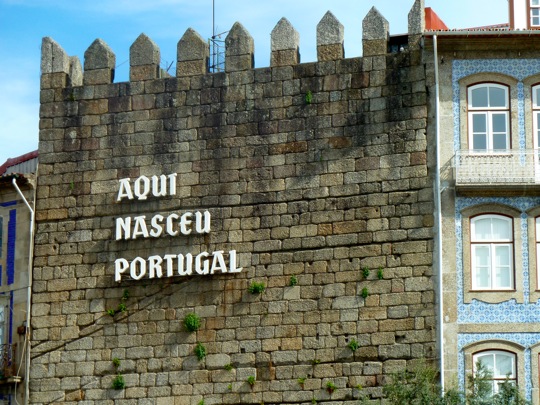
One of the last remaining towers in the old city wall – inscribed with words that forge this city’s eternal place in Portugal’s history.
The strength of the pride the people have in their town is evident everywhere. As you walk down narrow, weaving alleyways of UNESCO World Heritage listed houses, you see the Guimarães city and football team flags adorning every second, if not every SINGLE balcony of each house. Their team in the Portuguese football league is one of the most fiercely followed in the entire country and they regularly give Europa and Champions League teams FC Porto and Benfica a run for their money. These people know business when it comes to sticking up for their local sense of identity.
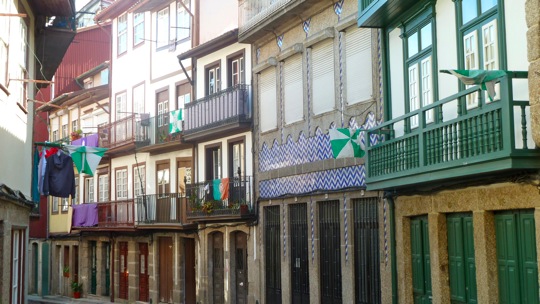
The green and white flags of Guimarães dotted along balconies.
There are a few reasons why Guimarães is called “the cradle city” and is so important to all Portuguese people. Let me rattle these off for you and you’ll soon see why:
- Before the formation of Portugal as a country, Guimarães was the administrative seat of the County of Portugal, under the Spanish.
- Afonso I was born here, who went on to become the first legitimate Portuguese king.
- The Battle of Sao Mamede occurred not far from Guimarães between Afonso I and his mother and her Spanish bloke, Fernao Peres de Trava which is considered the turning point for the foundation of Portugal.
So you can see how incredibly important this city is to Portugal, basically everything that defines the country happened here. When asked by a recent survey who was the most important man they knew, local children didn’t answer with their father or a football player, they answered with King Afonso I. For a bloke that’s been dead hundreds of years, that’s pretty impressive.
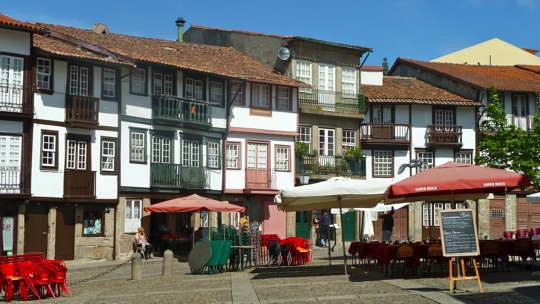
When it comes to local delicacies, Guimarães has the sweet stuff taken care of. Enter the Tortes de Guimarães. It looks kind of like a croissant, but it’s a bit stiffer and filled with a gelatinous, thick jam fruit like substance that explodes into your mouth, filling it with awesomeness. After this, there’s definitely a party in your mouth and everyone’s invited.

Just like Porto, Pousadas de Juventude have Guimarães sorted when it comes to budget accommodation. Located just down from the main old town district, near the historic Couros river that runs under the town is the Guimarães hostel. The manager, Julia will look after you and will have you fed nicely with local roast pork and veggies from their dining room.
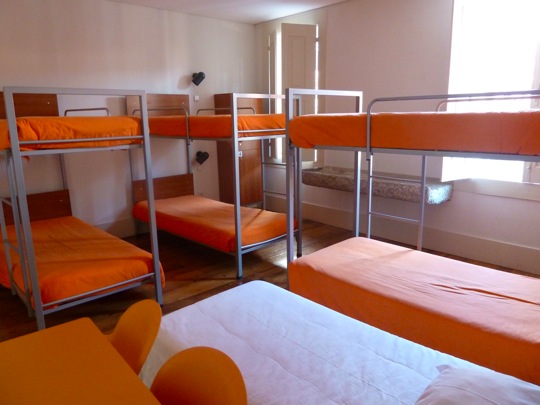
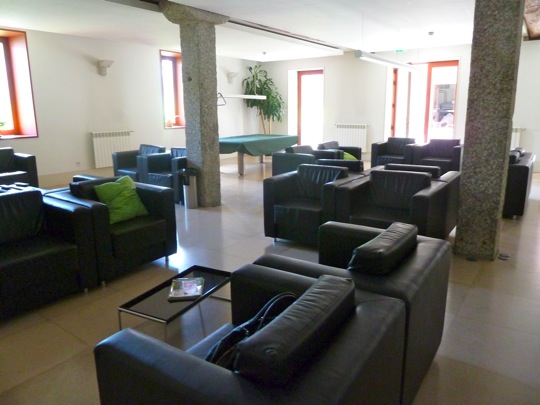
Guimarães is gearing up to be the European Capital of Culture 2012, so there’s a lot of construction going on right now to streamline transport and make the city more accessible. Thankfully, this doesn’t detract from the incredibly well manicured and landscaped boulevards that lead up to the protected old town.
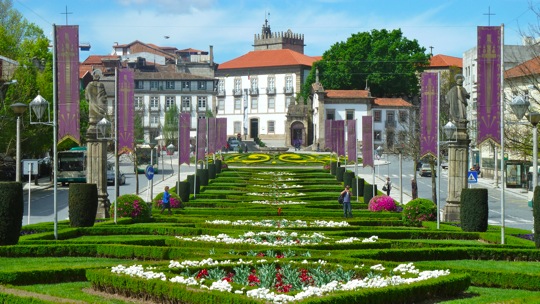
Located a short train ride from Porto, Guimarães is definitely a worthwhile side trip in the region. The rich cultural and historical value along with the progressive approach to tourism and public entertainment (think movies out in the main square in summer and free wifi EVERYWHERE) sets Guimarães apart from typical age-old European cities. These guys know how to make you feel wanted, and you won’t regret making the trek to check it out.
I visited Guimarães during my sponsored trip to Porto in April thanks to Visit Portugal. I decided Guimarães required it’s own post, it’s just that cool.